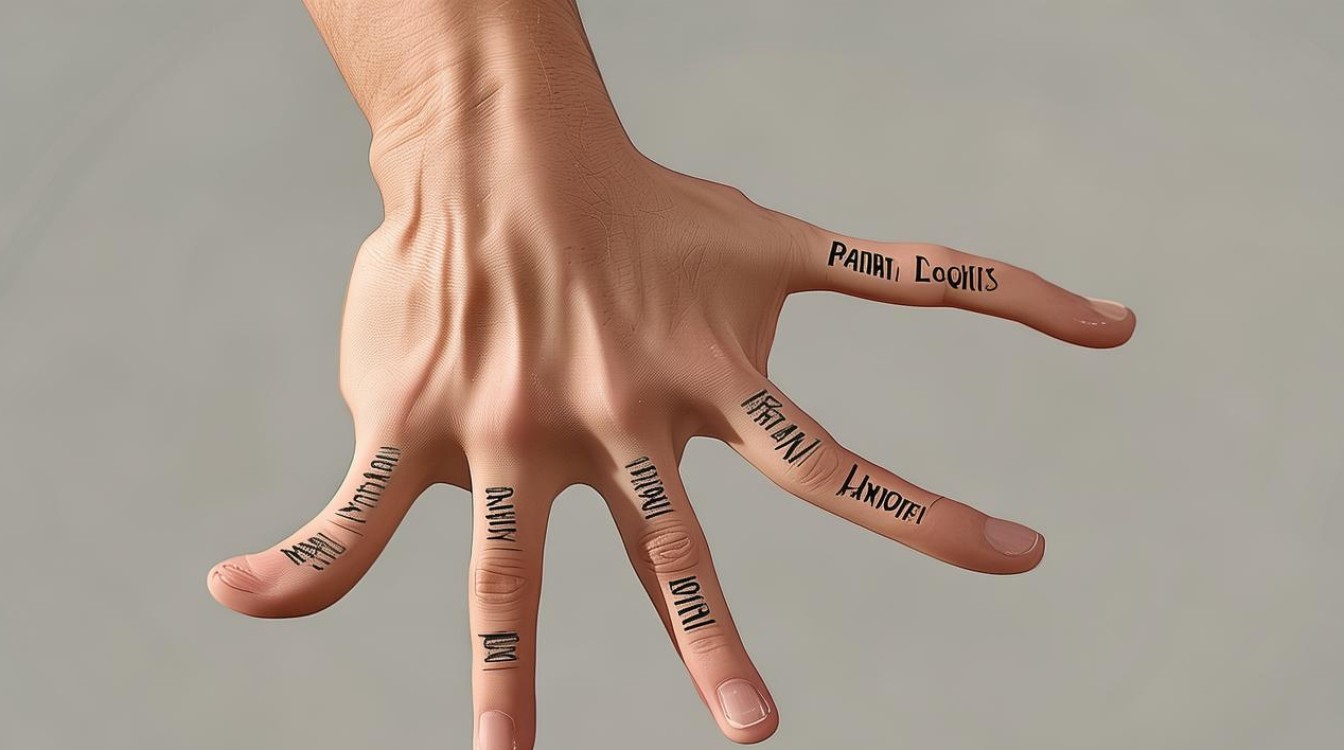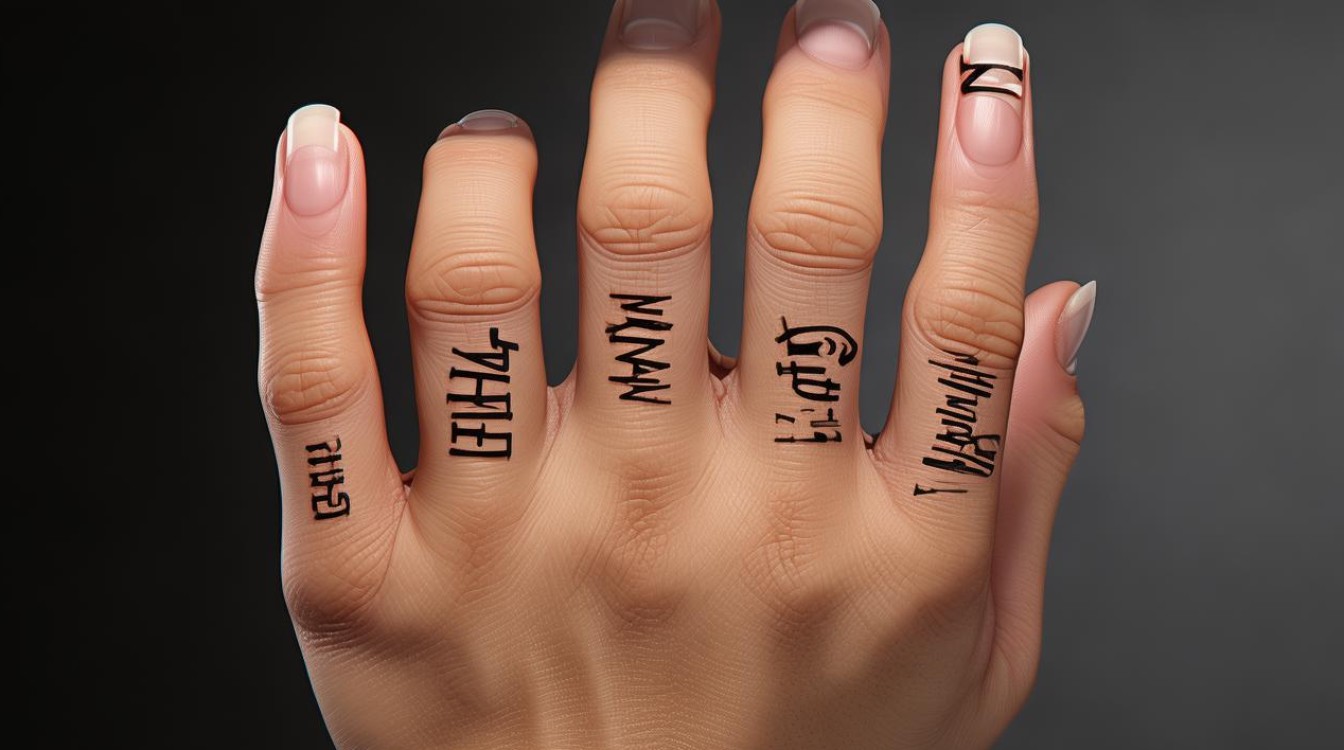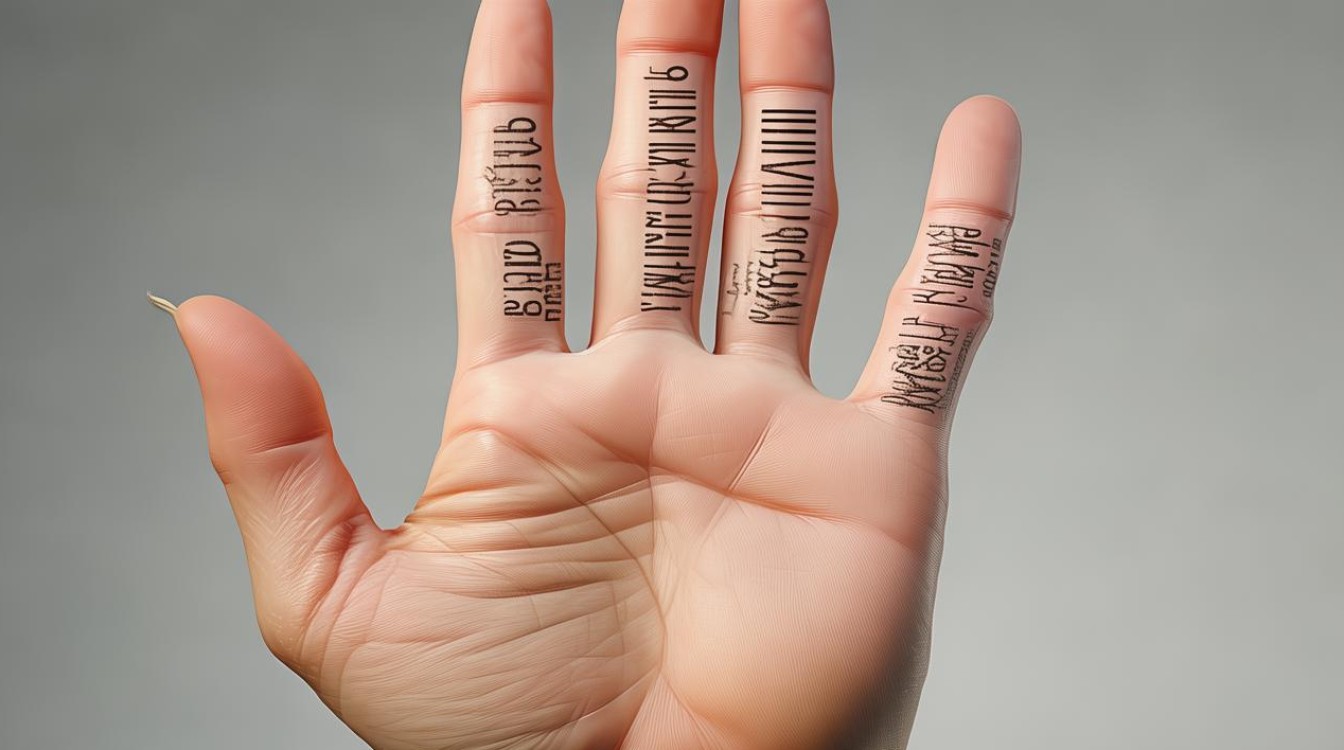Human hands are remarkable tools, and each finger has a distinct name in English. Whether you're learning the language, teaching children, or simply curious, knowing these terms can be useful. Below, we explore the English words for all five fingers, along with interesting facts and cultural references.

Thumb
The thumb is the shortest and thickest finger, positioned opposite the other four. Unlike the rest, it has only two phalanges (bone segments) instead of three.
Key Points:
- Function: The thumb’s opposable nature allows gripping and precision movements.
- Phrase Example: "Thumbs up" signifies approval.
- Medical Term: Pollex is the Latin-derived scientific name.
Index Finger (Pointer Finger)
The index finger is the second digit, used for pointing and touching. It’s often the most dominant for fine motor tasks.
Key Points:

- Function: Essential for gestures like clicking a mouse or pressing buttons.
- Cultural Note: In some cultures, pointing with this finger is considered rude.
- Medical Term: Digitus secundus in anatomy.
Middle Finger
The longest finger, centrally located, is universally recognized for its symbolic gesture.
Key Points:
- Function: Provides balance and strength in gripping.
- Cultural Significance: Raising it alone is an offensive gesture in many countries.
- Medical Term: Digitus medius.
Ring Finger
Traditionally, the fourth finger carries wedding bands in Western cultures.
Key Points:

- Function: Often the weakest finger but crucial for hand coordination.
- Historical Fact: Ancient Romans believed this finger had a vein connected directly to the heart (vena amoris).
- Medical Term: Digitus annularis.
Little Finger (Pinky)
The smallest finger, also called the "pinky," is used for delicate tasks.
Key Points:
- Function: Adds stability when holding objects, like teacups.
- Idiom Example: "Pinky promise" denotes a solemn vow.
- Medical Term: Digitus minimus.
Why Knowing Finger Names Matters
Understanding these terms enhances communication, especially in medical, educational, or multilingual settings. For instance, doctors reference specific fingers during examinations, and teachers use these words when instructing children.
Fun Facts About Fingers
- Fingerprints: Unique to each individual, even identical twins.
- Nail Growth: Fingernails grow faster than toenails, averaging 3.5 mm per month.
- Sensitivity: Fingertips have the highest concentration of touch receptors.
Common Questions
Q: Why is the thumb not called a finger?
A: While functionally similar, thumbs differ structurally (two phalanges vs. three) and linguistically. Some languages classify them separately.

Q: Do all cultures associate the ring finger with marriage?
A: No. In countries like India, wedding rings are worn on the right hand’s ring finger or even the toe.
Q: Are finger names the same in British and American English?
A: Yes, though regional slang may vary (e.g., "pinky" is more common in the U.S.).
Cultural and Linguistic Variations
- Japanese: Names like oyayubi (thumb) and ko-yubi (little finger) reflect hierarchy.
- German: The middle finger is called Mittelfinger, while the thumb is Daumen.
Final Thoughts
Fingers are more than just body parts—they carry linguistic, cultural, and functional significance. Whether you’re a language learner, educator, or trivia enthusiast, mastering these terms deepens your appreciation for human anatomy and communication. Next time you gesture or write, take a moment to acknowledge the intricate roles each finger plays.

